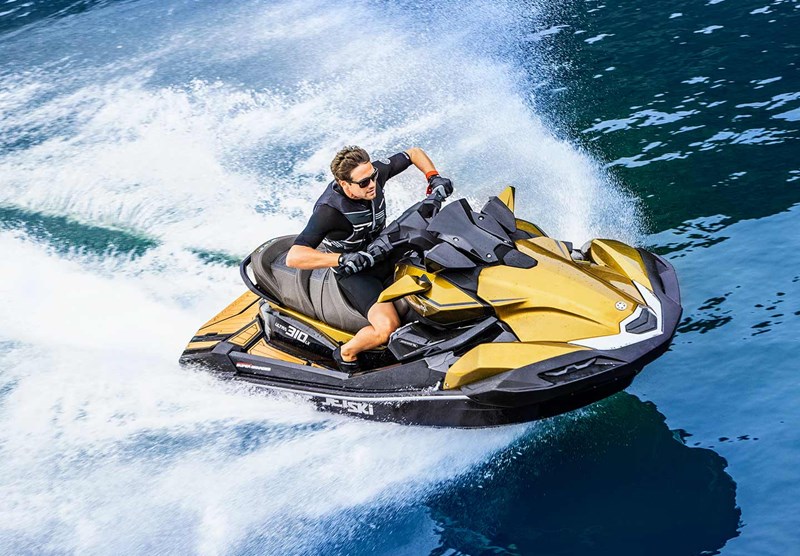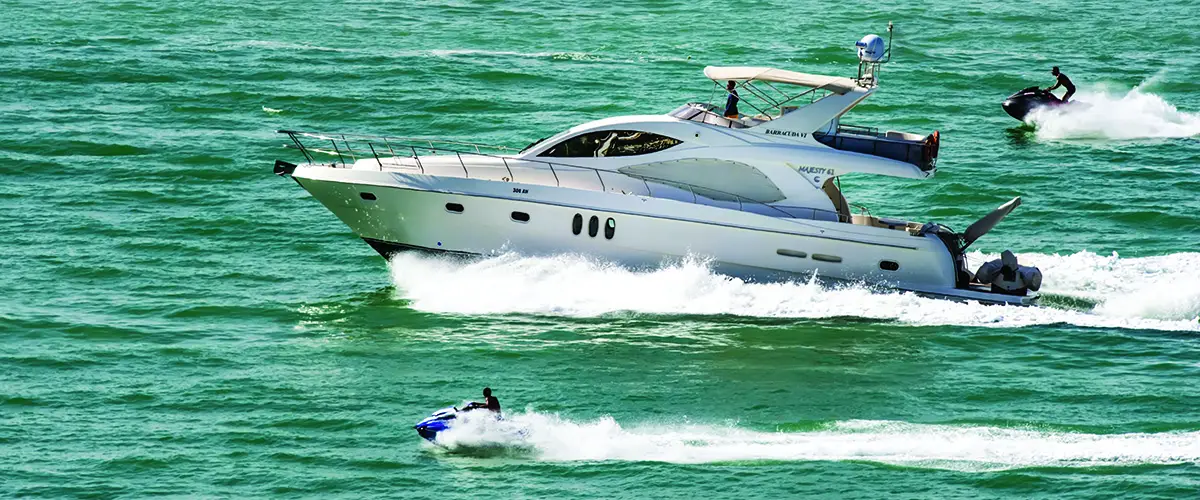What is the Main Advantage of a Type IV PFD: Essential Benefits Explained
Navigating the waters of personal flotation devices (PFDs) can be quite confusing, especially given the numerous types available in the market. Among these diverse options, Type IV PFDs stand out—for good reasons. Designed to assist individuals facing trouble in the water, these throwable devices, such as cushions and ring buoys, are commonly found on boats and other watercraft.
One notable aspect of Type IV PFDs is their versatility. The main advantage is that they can be used by everyone, irrespective of age, size, or weight restrictions. This accessibility sets them apart from traditional life jackets, which require proper fitting for specific users. Furthermore, their ability to be easily thrown towards a person in distress bolsters their utility as a crucial safety tool during emergencies.
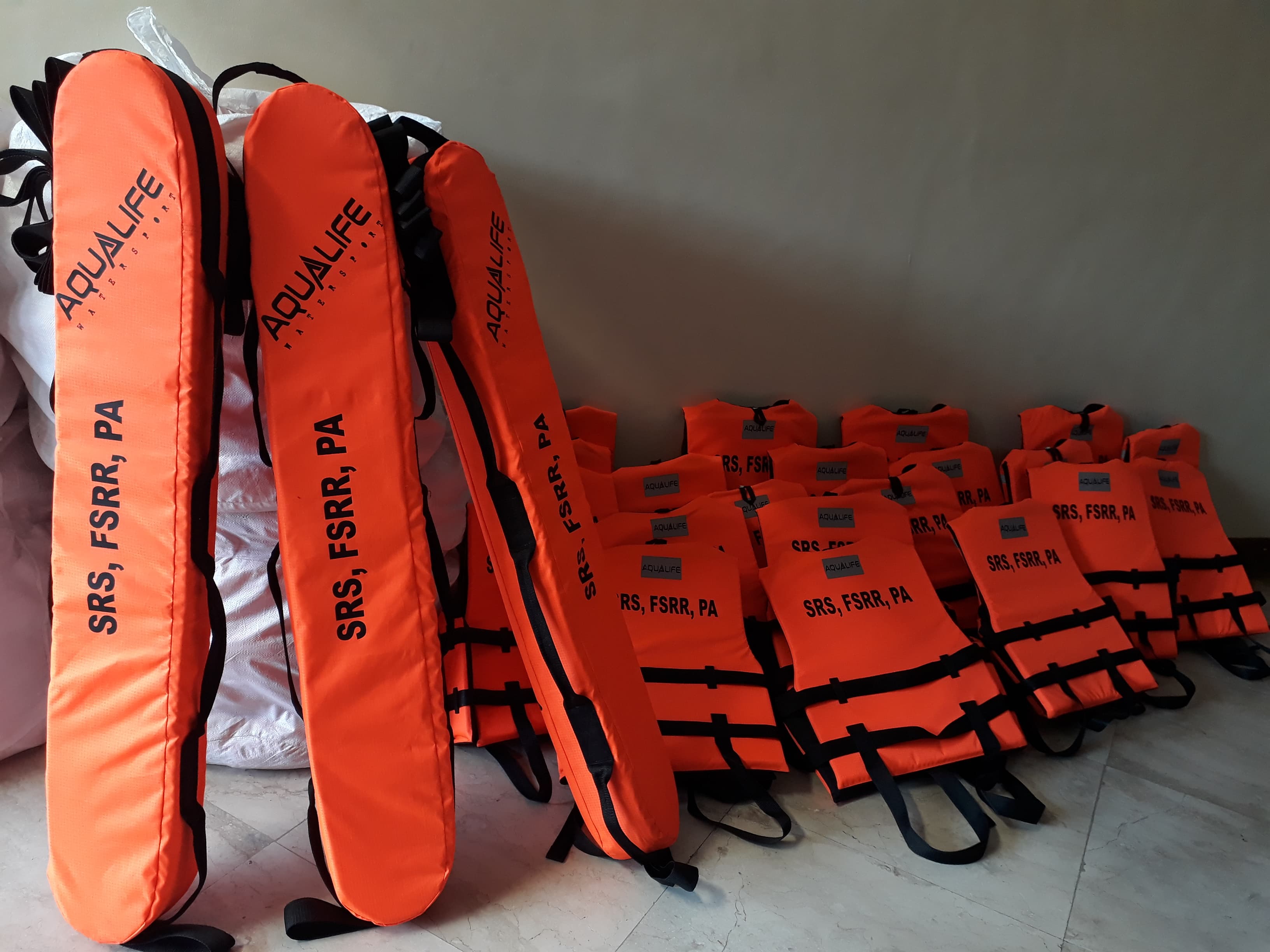
While Type IV PFDs provide many benefits, it's crucial to remember that they are not designed to replace wearable life jackets or suit all situations. Despite their undeniably helpful nature in saving lives, they are not ideal for rough waters or people incapable of holding onto them. Thus, always consider the specific conditions and individual needs when choosing the most suitable PFD for any given situation.
Main Advantage of a Type IV PFD
Buoyancy
A Type IV PFD is a unique flotation device that offers significant buoyancy to assist individuals in staying afloat during emergencies. Unlike traditional life jackets, the Type IV PFD is user-friendly and does not require the user to wear it. Instead, the person in need can simply grab on to the PFD or float on it, ensuring their safety in the water 1.
The buoyancy of a Type IV PFD makes it suitable for individuals of all ages, heights, and weights, without the need for size restrictions2. This advantage is particularly important in rescue situations, where a fast response time is crucial.
Another added benefit is that Type IV PFDs can also supplement the buoyancy of individuals already wearing other life jackets, offering them additional support if needed3.
Location Marker
Type IV PFDs often come in bright colors, making them easily visible in the water, especially during rescue operations. This design feature acts as a location marker for people in distress, helping rescuers quickly locate the person and ensure their safety4.
Furthermore, the throwable nature of Type IV PFDs makes them an ideal choice for recreational boats that are longer than 16 feet. Boaters can simply throw the flotation device to those in need, allowing them to receive assistance quickly5.
While the Type IV PFD is an essential piece of safety gear, it is crucial for individuals to understand the need for proper use and appropriate selections based on water conditions and activity types. It is always a good idea to have a variety of Personal Flotation Devices on hand to ensure overall safety while enjoying water activities.
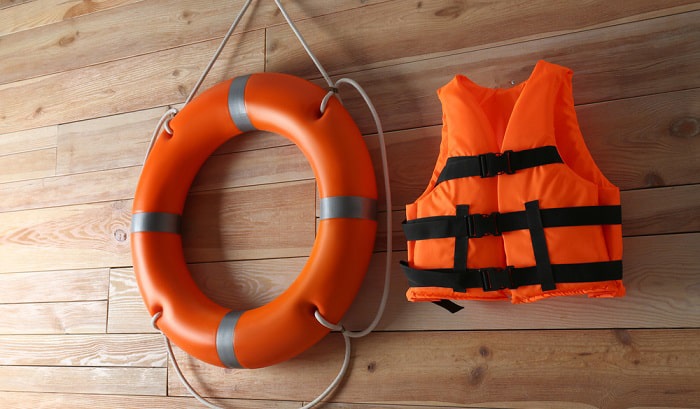
Different Types of Type IV PFDs
In this section, we will discuss three main types of Type IV Personal Flotation Device (PFD): Ring Buoy, Horseshoe Buoy, and Buoyant Cushion. Understanding the different types will help users identify the most suitable device for their needs.
Ring Buoy
A Ring Buoy is the most popular Type IV PFD and resembles an inflatable swimming ring source. This throwable flotation device is commonly found on commercial boats and around swimming pools, ensuring safety in the event of an emergency.
The Ring Buoy offers:
- A round, lightweight design, making it easy to throw and grasp when needed
- Minimum buoyancy of 16.5 lbs for the user source
- High visibility with bright colors for easy detection
To make the most of a Ring Buoy, remember that it's designed to be thrown to someone in the water and not worn.
Horseshoe Buoy
Horseshoe Buoy is another popular variant of Type IV PFD. As the name suggests, it is shaped like a horseshoe with a bright color and two ends connected by a grab line source.
Some key features of a Horseshoe Buoy include:
- A compact design for easy storage on boats
- Minimum buoyancy of 16.5 lbs source
- Grab line for easy retrieval
Similar to a Ring Buoy, a Horseshoe Buoy is intended to be thrown to someone in the water rather than worn as a life jacket.
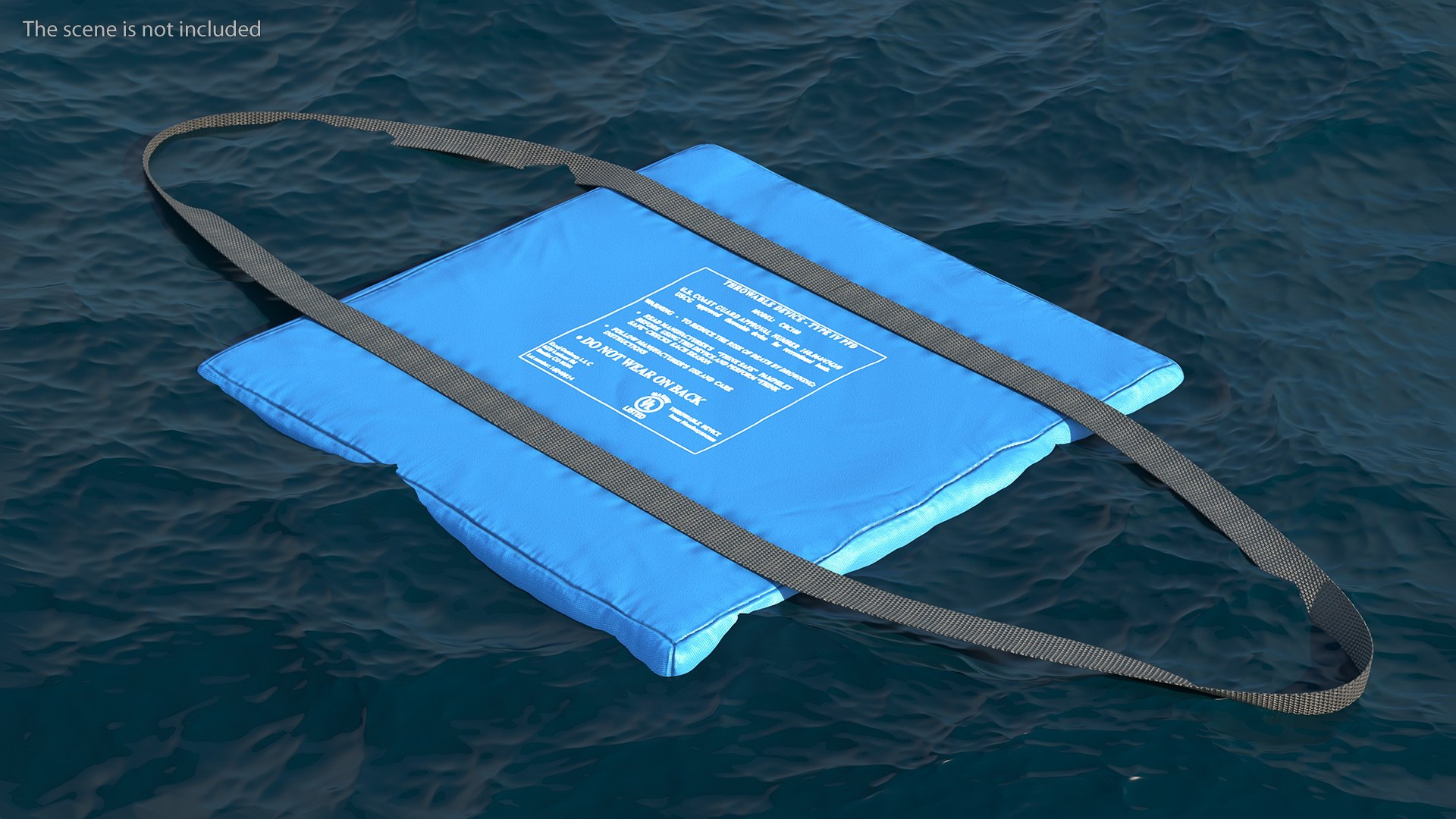
Buoyant Cushion
The third type of Type IV PFD is the Buoyant Cushion. Found primarily on recreational motorboats, these devices resemble seat cushions and offer the dual function of providing comfortable seating and flotation assistance during emergencies source.
Features of the Buoyant Cushion include:
- A rectangular or square shape
- Minimum buoyancy of 18 lbs source
- Convenient straps for ease of grip and hold
It is important to note that, like the other Type IV devices, a Buoyant Cushion is not intended to replace wearable life jackets but rather supplement them during an emergency by being thrown to someone in the water.
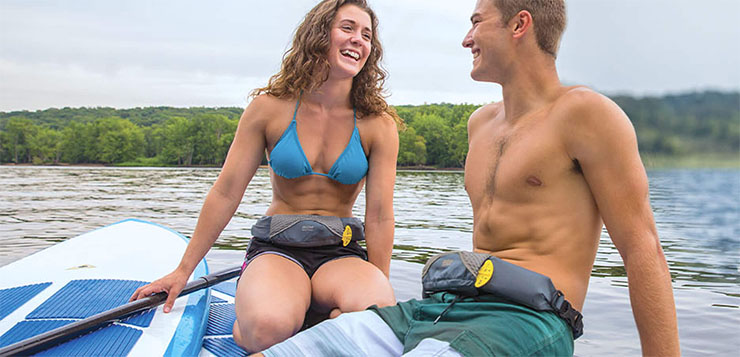
Usage Scenarios for Type IV PFDs
Boating
Type IV PFDs are particularly useful when it comes to boating adventures due to their versatility. As these flotation devices are not worn but are used as floating aids, they can be utilized by anyone on the boat regardless of age, height, or weight. In an emergency situation, a Type IV PFD can be thrown to someone in need, enabling the individual to grab onto the device and stay afloat until rescued.
Canoeing and Kayaking
When it comes to canoeing and kayaking, Type IV PFDs provide an added level of safety. They can be tossed to anyone who capsizes or unexpectedly ends up in the water. As these flotation devices can be easily thrown to someone, they offer a quick and efficient rescue solution for those in need. Moreover, their compact size makes them an easy addition to the limited storage space in canoes and kayaks.
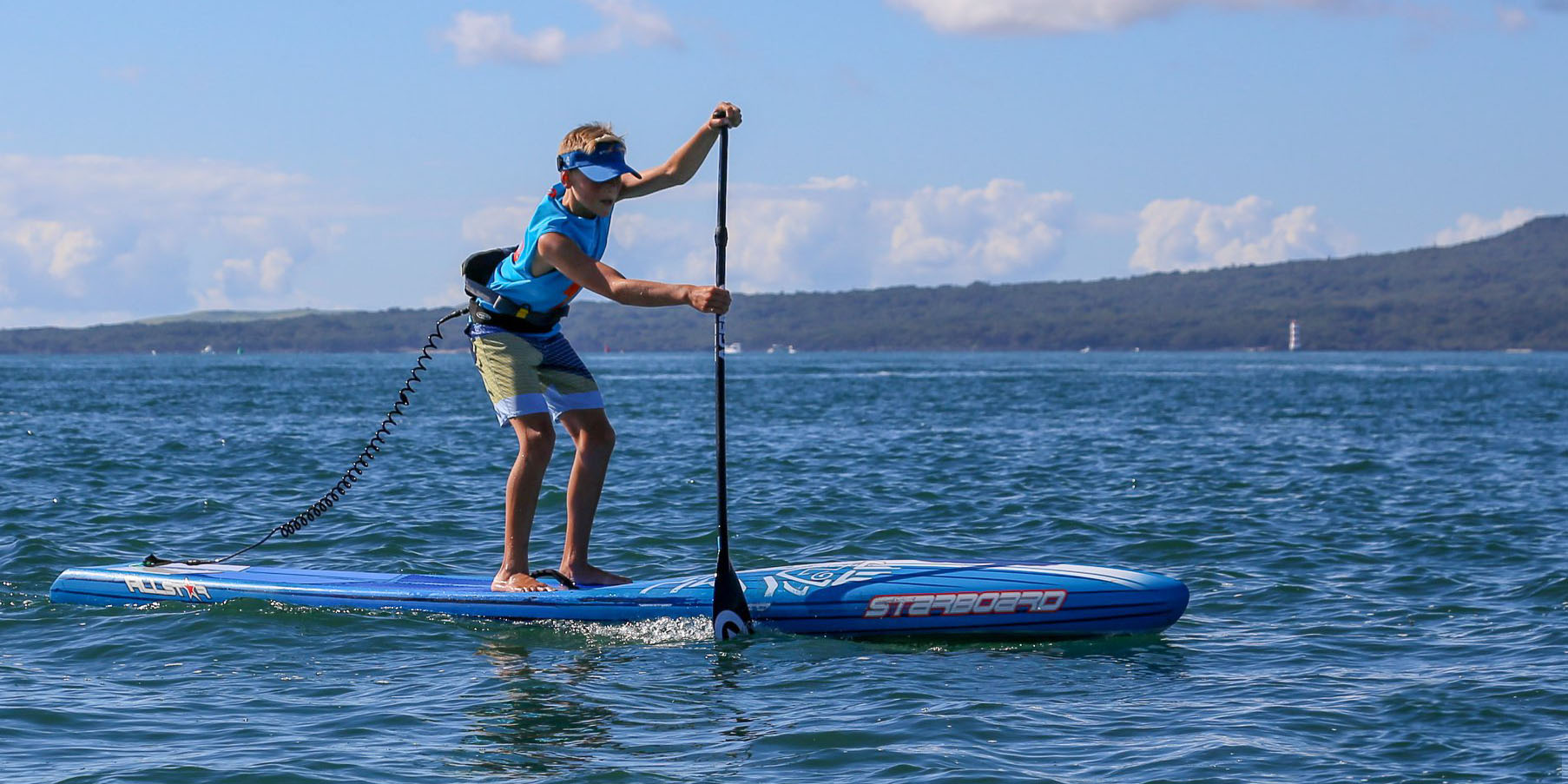
Stand-up Paddleboarding
Stand-up paddleboarding (SUP) has become a popular water activity in recent years, and having a Type IV PFD on hand serves as an important safety measure. The main advantage of using a Type IV PFD while paddleboarding is that it can keep a person afloat in case of an emergency or when the person is fatigued or injured. This is especially crucial for situations when a paddler cannot easily swim back to safety. Additionally, a Type IV PFD can help more than one person at a time, serving as a backup safety device for group paddleboarding excursions.
In conclusion, Type IV PFDs are an essential addition to various water-based recreational activities such as boating, canoeing, kayaking, and stand-up paddleboarding. By providing a versatile, throwable, and compact flotation aid, they can greatly increase the safety and enjoyment of participants in these activities.

Safety Regulations and Guidelines
US Coast Guard Approval and Size Restrictions
The United States Coast Guard (USCG) has specific requirements and restrictions when it comes to the use of Personal Flotation Devices (PFDs). All PFDs must be USCG-approved to ensure they meet safety standards and perform effectively. There are various types of PFDs, ranging from Type I to Type III, with differing purposes and buoyancy levels.
A Type IV PFD is categorized as a throwable flotation device. It is essential for every boat over 16 feet in length to carry at least one USCG-approved Type IV PFD on board. This rule, however, does not apply to canoes and kayaks, regardless of their length1.
Three common variations of a Type IV PFD include:
- Ring buoy
- Buoyant cushion
- Horseshoe buoy
It is important to note that a throwable PFD is meant for calm waters where a person can easily cling onto it, and isn't recommended for rough waters or for individuals who cannot hold onto the device.
Rules for Using a Type IV PFD
Using a Type IV PFD requires adherence to specific rules and regulations set by the USCG:
- Accessibility: Throwable PFDs must be easily accessible and ready to use in emergencies. Stowing them in difficult-to-reach areas is discouraged2.
- Inspection and Maintenance: Regular inspection for damage, such as holes or tears, is necessary. Ensure proper stowage away from direct sunlight to prolong the device's lifespan.
- Not Wearable: A Type IV PFD is not designed to be worn. As a result, it may not provide adequate protection in hazardous situations or for those unable to hold onto the device.
- Usage: The main purpose of a Type IV PFD is to assist a person in distress who cannot swim or is experiencing difficulty staying afloat. It must be thrown to the individual, ensuring that they can grab it and remain above water.
By complying with the USCG guidelines for using and maintaining a Type IV PFD, you can contribute to the overall safety of your boating experience.

Additional Features and Benefits
Emergency Overboard Situations
Type IV PFDs are designed to assist in emergency situations where someone has fallen overboard. They can be thrown to the person in need, providing immediate flotation support. This critical feature distinguishes Type IV PFDs from traditional life jackets that require the wearer to put them on before entering the water. Additionally, some Type IV PFDs come with activated lights or bright colors, increasing visibility and facilitating quick rescue operations.
Ease of Use
One notable aspect of Type IV PFDs is their ease of use. They can be easily thrown to the person in distress and do not require fitting or adjustment before use. Their simplicity makes them an essential safety tool on any watercraft and ensures that even inexperienced boaters or swimmers can quickly access and utilize them during emergencies.
Adaptable to Various Users and Situations
A significant advantage of Type IV PFDs is their versatility. They can be used by anyone, regardless of age, size, or weight, ensuring that everyone onboard can access flotation support in an emergency. Their adaptability extends to various aquatic environments, such as slow-flowing rivers, oceans, and swimming pools. This wide range of use makes them a valuable safety tool in many situations.
Interestingly, Type IV PFDs can also offer assistance to animals in distress, providing them with the necessary support to stay afloat until help reaches them. This feature makes Type IV PFDs a popular choice among pet owners and watercraft operators who frequent areas frequented by wildlife.

Comparing Type IV PFDs with Wearable PFDs
Advantages of Type IV PFDs
Type IV PFDs are throwable flotation devices designed to assist a person who is drowning or unable to swim. They come in different forms such as ring buoys, buoyant cushions, and horseshoe buoys, where the ring buoy is the most popular. Here are key advantages of using a Type IV PFD:
- Versatility: Type IV PFDs can be used for individuals of all ages, sizes, and heights.
- Rapid response: Since these devices are thrown into the water, they can quickly reach a person in need of assistance.
- Convenience: Buoyant cushions can double as a seat or knee cushion padding while on a boat, particularly for solo canoers.
Disadvantages of Type IV PFDs
While Type IV PFDs have notable advantages, they also have some limitations compared to wearable PFDs, which are commonly referred as Type I, II, or III PFDs:
- Separation risk: Since they are not worn, it's possible to become separated from a Type IV PFD when it's needed most, making wearable PFDs a better option for those in the water.
- Limited flotation support: While Type IV PFDs do provide flotation assistance, they may not be as effective as wearable PFDs in keeping a person afloat, especially if they are unconscious. For example, Type I PFDs have a higher buoyancy rating and are designed to turn most unconscious individuals face-up in water.
- No continuous support: Type IV PFDs can provide temporary support, but they are not designed for long-term flotation, unlike wearable PFDs which offer continuous support in the water.
In conclusion, Type IV PFDs offer some benefits, such as versatility, rapid response, and convenience. However, they have limitations compared to wearable PFDs which are considered more appropriate for continuous flotation support and increased safety.
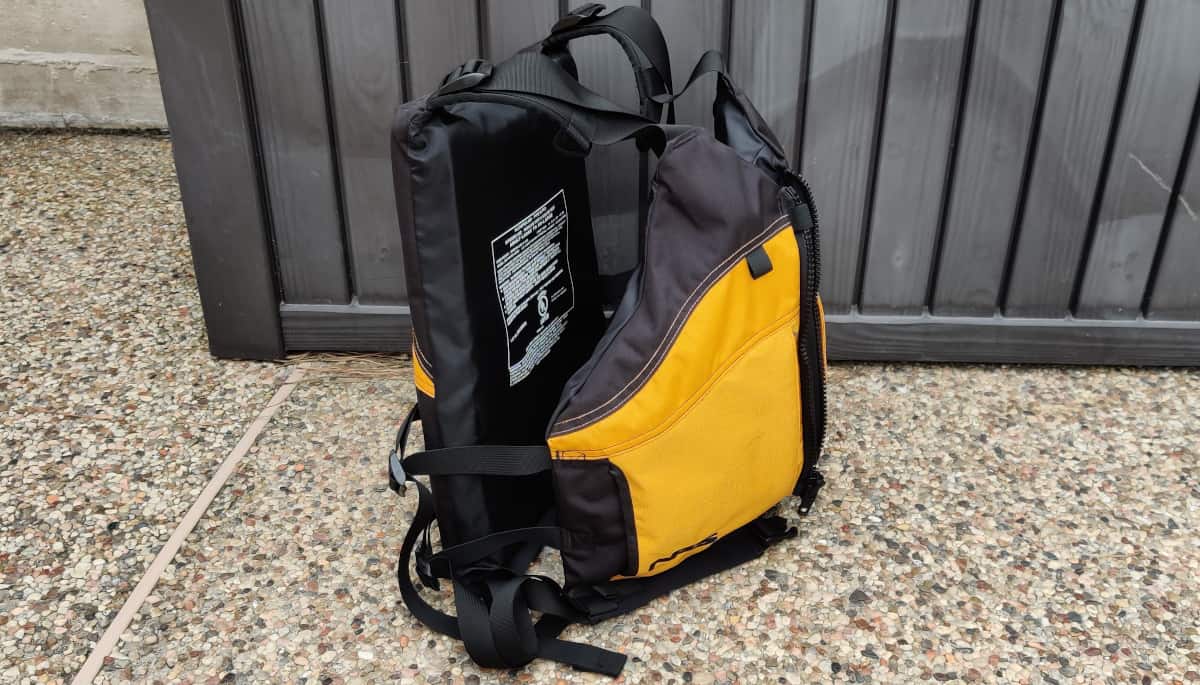
Selecting the Right PFD for Your Needs
Considerations for Age, Size, and Weight
When choosing a personal flotation device (PFD), it's essential to consider the age, size, and weight of the wearer. PFDs are designed to fit people of different ages and sizes to provide optimal buoyancy and safety. For adults, PFD sizing is based on chest size, and the fit should be snug but comfortable1. For children, it's important to select a PFD with a weight range that matches the child's weight.
Boat Type and Activities
Different PFDs are suitable for different boat types and water activities. As you're selecting a PFD, consider the type of boat you'll be using and the activities you'll be participating in.
- Canoes and kayaks: For these small and lightweight boats, a PFD with ample freedom of movement is crucial. Paddling-specific PFDs offer more range of motion around the arms and shoulders, making them ideal for canoeing and kayaking2.
- Type IV PFDs: These are seat cushion-shaped flotation devices designed to be thrown to a swimmer in an overboard situation3. They are not intended to be worn and don't count toward mandatory PFD requirements for boaters, but they can be an extra backup option for larger boats. The main advantage of a Type IV PFD is that it's easily throwable and can quickly provide flotation support to someone in the water.
- Boating, fishing, and other water activities: Some PFDs are designed specifically for certain activities, like angling or sailing3. These specialized PFDs may offer additional features, such as pockets for gear, attachment points, and increased visibility.
Remember to consider your boat type and the activities you'll be participating in when selecting the right PFD for your needs. A properly chosen PFD can greatly enhance your safety and comfort on the water.
Footnotes
- https://paddleabout.com/main-advantage-of-a-type-iv-pfd/ ↩ ↩2 ↩3
- https://boatinggeeks.com/what-is-the-main-advantage-of-a-type-iv-pfd/ ↩ ↩2 ↩3
- https://www.gilisports.com/blogs/gear-guides/type-iv-pfd-main-advantage ↩ ↩2 ↩3
- https://boatstock.com/main-advantage-of-type-iv-pfd/ ↩
- https://www.liveabout.com/guide-to-the-type-iv-pfd-2555755 ↩
Charlie is Editor-in-Chief of Sea Magazine
